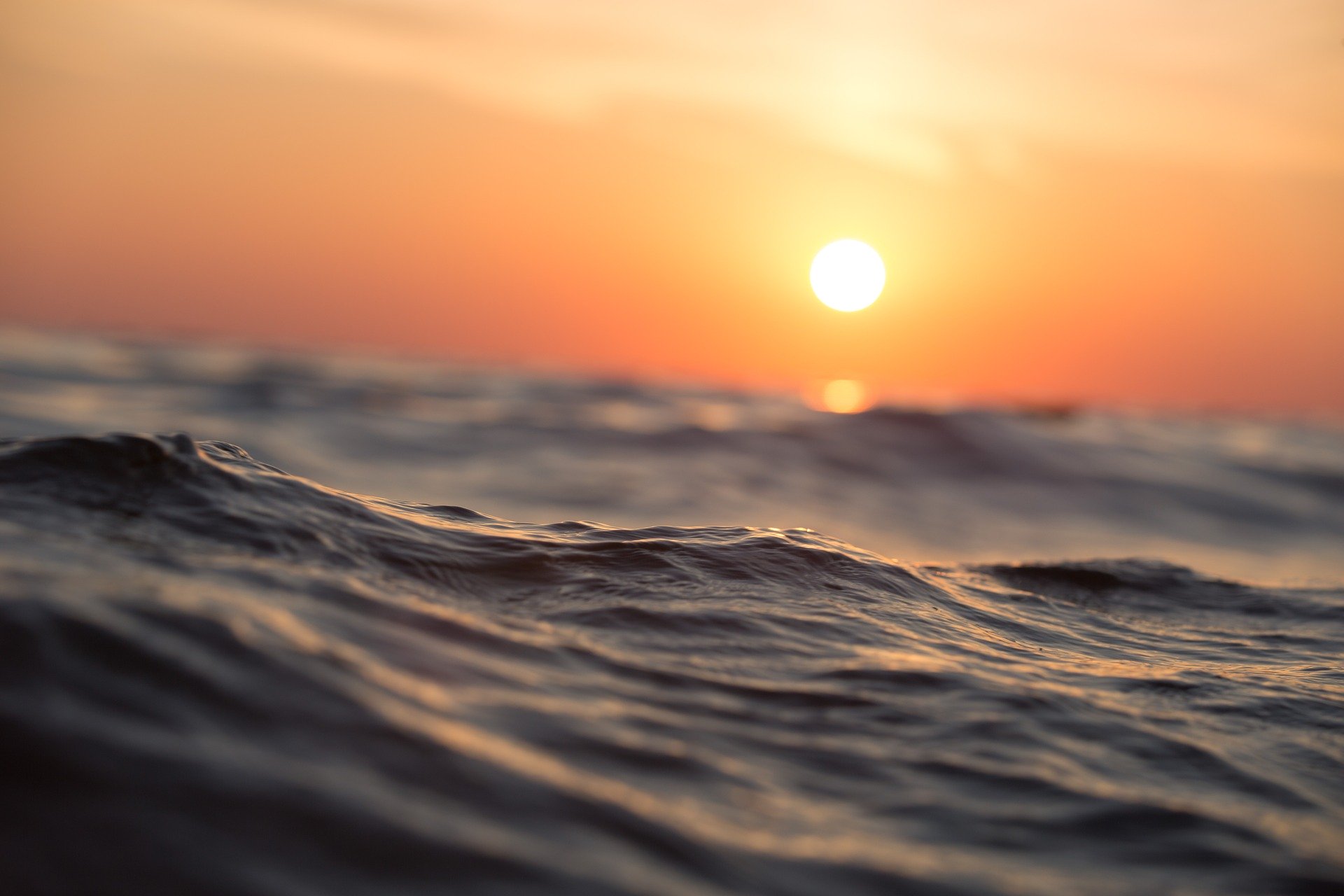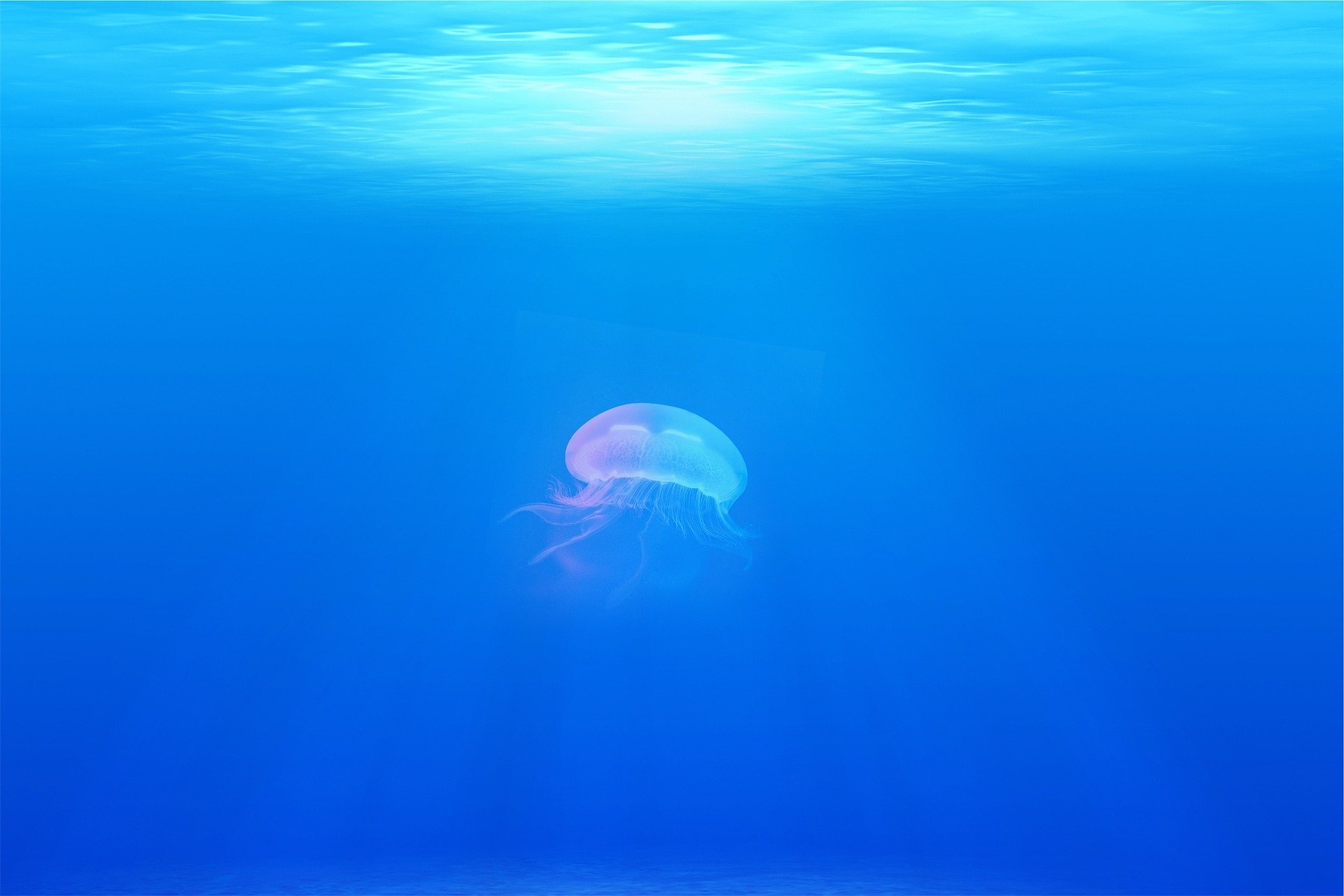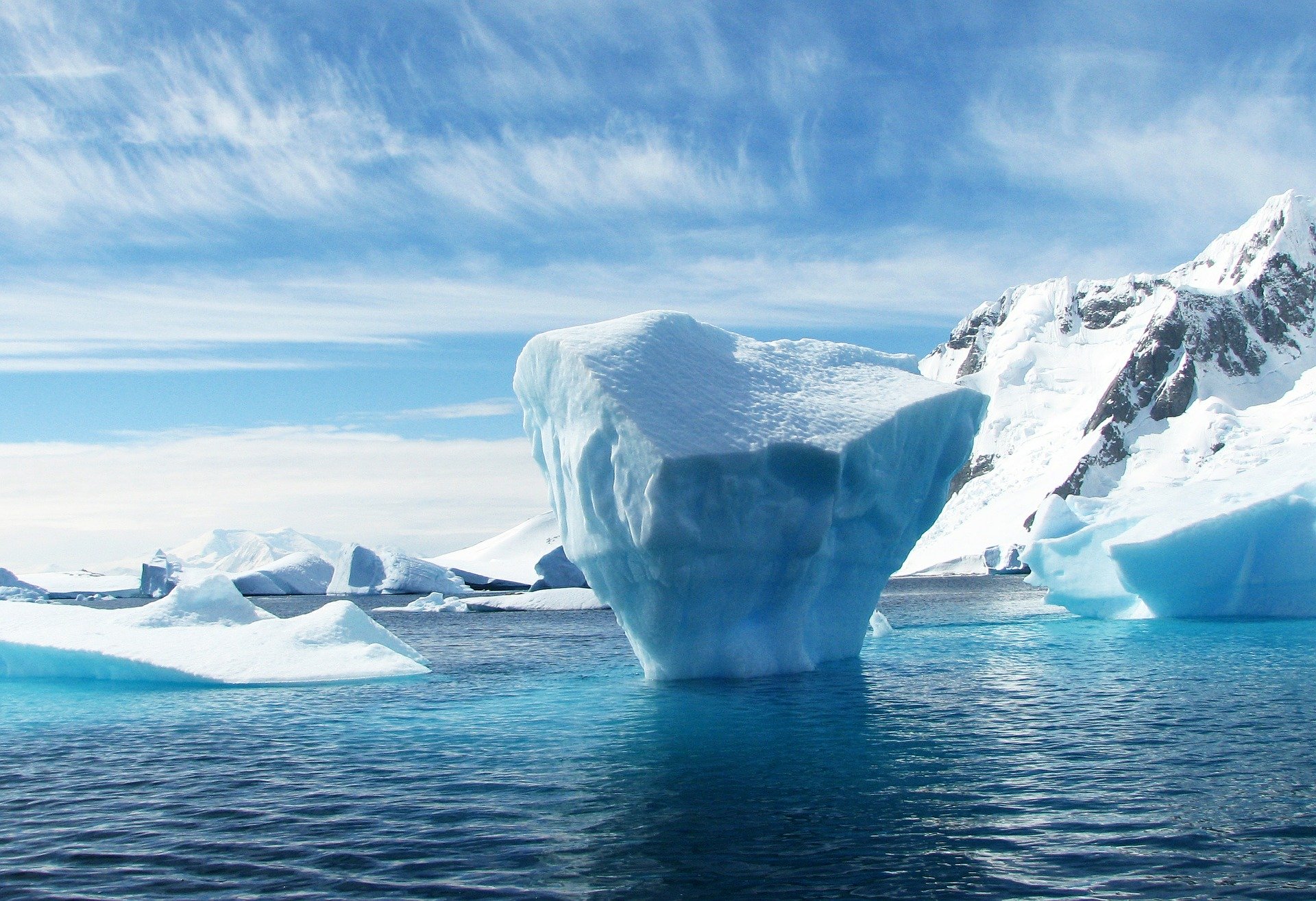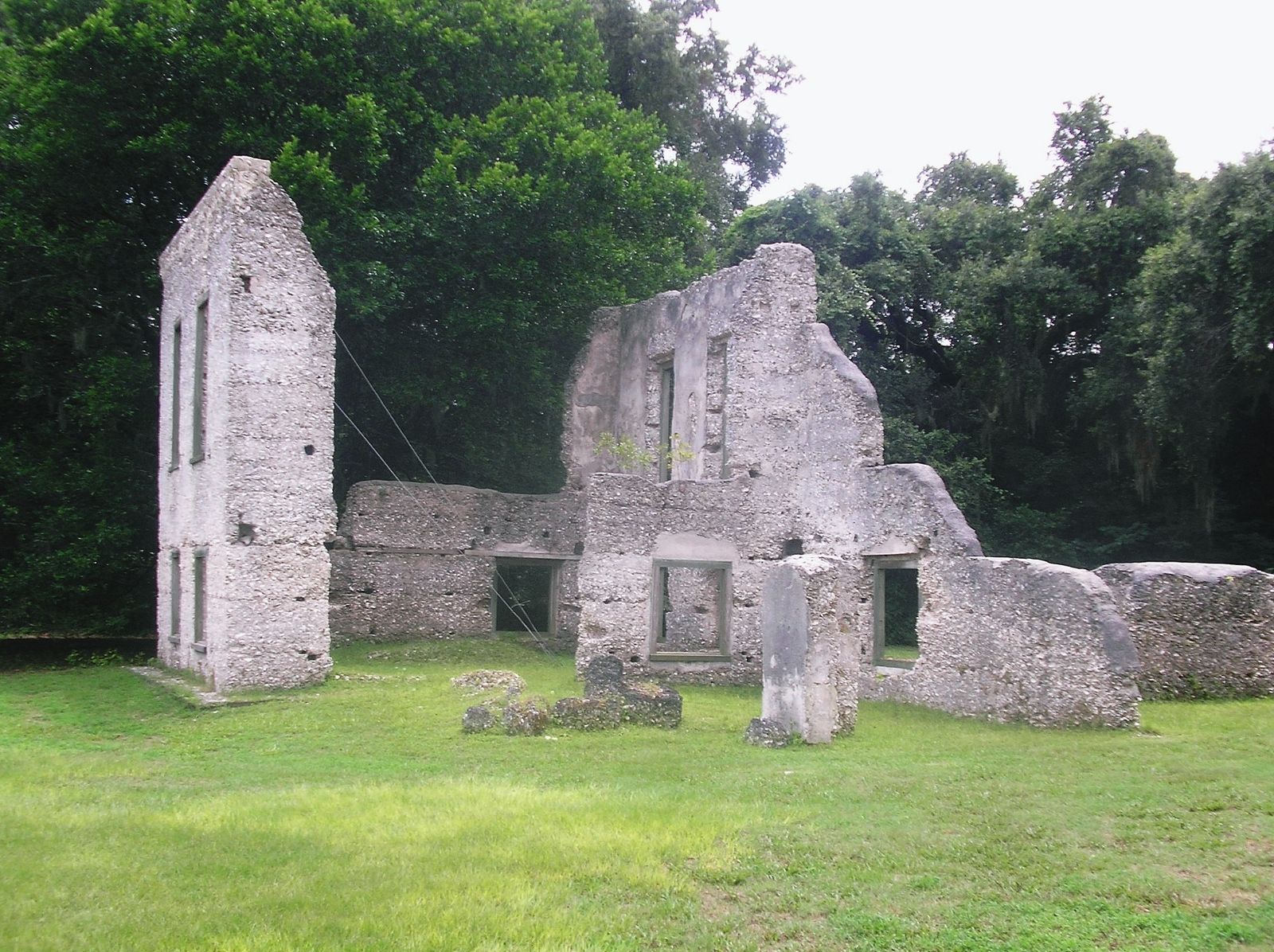
Greetings!
I hope you remain well during this odd and at times terrifying time in our planet’s history.
Today’s song was written by Canadian singer-songwriter Ron Sexsmith.
After my friends in Toronto exposed me to several of his beautiful, wise creations, I recorded “Gold In Them Hills” with the terrific pianist (and sound engineer) Doug Hammer.
I have ruminated in past blog posts about the value of music in our lives — how sometimes it seems quite disposable and unimportant, yet at other times it can feel quite meaningful and essential.
Here is some recent feedback about the value of music from folks on my e-mail list:
“Music is a great encouragement to people in hard times.”
“A song fixes memories of life events indelibly. “
“Music is a distraction from the troubles of the day.”

“Essential.”
“Music is an easily accessible treat at a time when other treats are difficult to come by.”
“We all need it.”

“Music is a touching reminder that life is worth living.”
“Music is a balm during these stormy times.”
“Music is part of what makes the world keep going.”

Every time I read these ideas, I attempt to breathe them deeper into my soul.
Deep breath in.
Deep breath out.
Today I share news that my song “Another Good Morning“ has finally been distributed to a bunch of digital music platforms — including Spotify, Apple Music, iTunes, Amazon Music, Deezer, Napster, Tidal, and Google Play.
I found — and played!— it on Spotify, which for better (and mostly for worse) is a key market for musicians these days.
I write “and mostly for worse” because the various streaming platforms pay a tiny fraction of what a performer/songwriter used to earn from the sale of actual records/tapes/CDs.
As you may already know, the pay rate for listening to a song via streaming — which varies over time based on a formula which I can’t even begin to explain involving each company’s most recent amount of earnings and profit — is very low.
Here are some recent rates — ranging from a high of $.019 (almost 2 cents) by Napster to a low of $.00402 (less than half a cent) by Amazon.
- AMAZON: $0.00402 per play.
- SPOTIFY: $0.00437 per play.
- YOUTUBE MUSIC (GPM): $0.00676 per play.
- APPLE MUSIC: $0.00783 per play.
- TIDAL: $0.0125 per play.
- NAPSTER: $0.019 per play.
Using the Spotify numbers for example, at $0.00437 per stream, a song would need to be streamed 22,883 times to earn around $100.
One can still buy a digital download of an individual song at places like iTunes, from which the recording artist earns $.60 – $.70 per purchase.
So it would take 142 (at 60 cents per download) to 166 (at 70 cents per download) purchases to earn around $100 for the folks who recorded it.
But how many of us are still buying digital downloads of specific songs or albums?
The current name of the game appears to be Spotify playlists.
If one can get one’s song onto a popular playlist, one can earn hundreds of thousands of streams — which theoretically translates into a decent amount of money.
So… if you are someone who uses Spotify, please consider listening to “Another Good Morning” by clicking here.
And maybe adding it to one of your playlists.

I found a story on NPR from last year which explores the pros and cons of streaming from the perspective of a recording artist and/or songwriter.
Here is one interesting paragraph:
According to a 2017 study from Digital Media Finland, the current payment model for digital streaming services “tend(s) to benefit the services themselves, who keep about 30% of a subscriber’s fee. The rights holders of the recordings, which include record labels, producers, and performers, split about 55 to 60% of the fee. Meanwhile, the rights holders of the song itself (the composition) — which at once includes composers, arrangers, music publishing companies and lyricists — see about 10 to 15% of that pie.”
You can read the whole article by clicking here.
Another deep breath in.
And deep breath out.
If you are someone who still buys digital downloads, please consider buying a copy of “Another Good Morning” from iTunes or Amazon or another digital music marketplace.
But I am certainly aware that lots of us have very little cash flow in our lives nowadays!
Since my gigs with jazz pianist Joe Reid have all dried up (except for one outdoor performance last month) due to prudent concerns about possible COVID transmission, I have been working each week via Zoom with Doug Hammer.
We are re-visiting and polishing strong takes of songs we’ve recorded during the past 20+ years.
And I will be distributing them via CD Baby to all of these far-flung digital platforms in the upcoming weeks and months.
THANK YOU for reading and listening to another blog post!
Thank you to Ron Sexsmith for writing great songs.
Thank you to Doug Hammer for his inspired piano playing as well as his superb engineering skills.
Thank you to the photographers at Pixabay for these sublime images.
Let us all keep breathing in and out in the days ahead…
I will continue leading Music Together classes two days each week.
And riding my bike.
And walking.
And checking the latest polling data about our upcoming elections.
And donating small amounts of money to down-ballot races around the USA which could use a little help…
And wearing a blessed mask when I go outside.
Deep breath in.
Deep breath out.
As Mr. Sexsmith reminds us:
“Don’t lose heart… give the day a chance to start!”








































 As longtime readers of my blog probably recall, when I was laid off from my day job as assistant director of the
As longtime readers of my blog probably recall, when I was laid off from my day job as assistant director of the 





















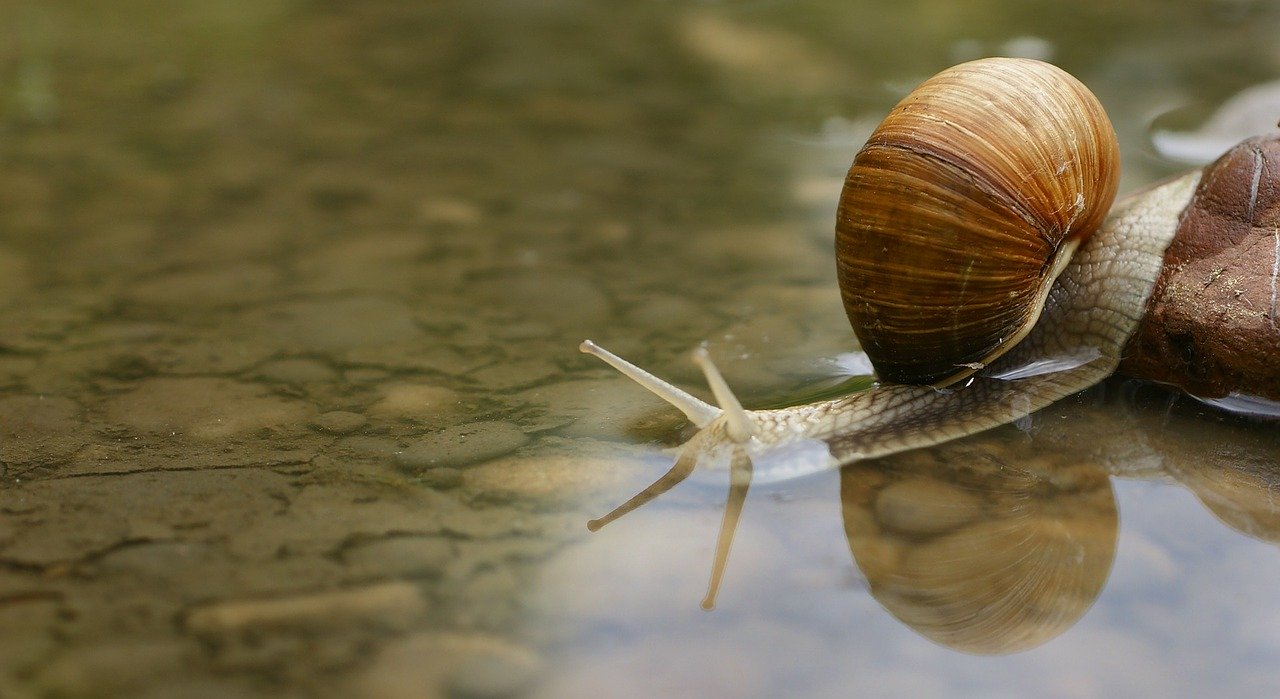




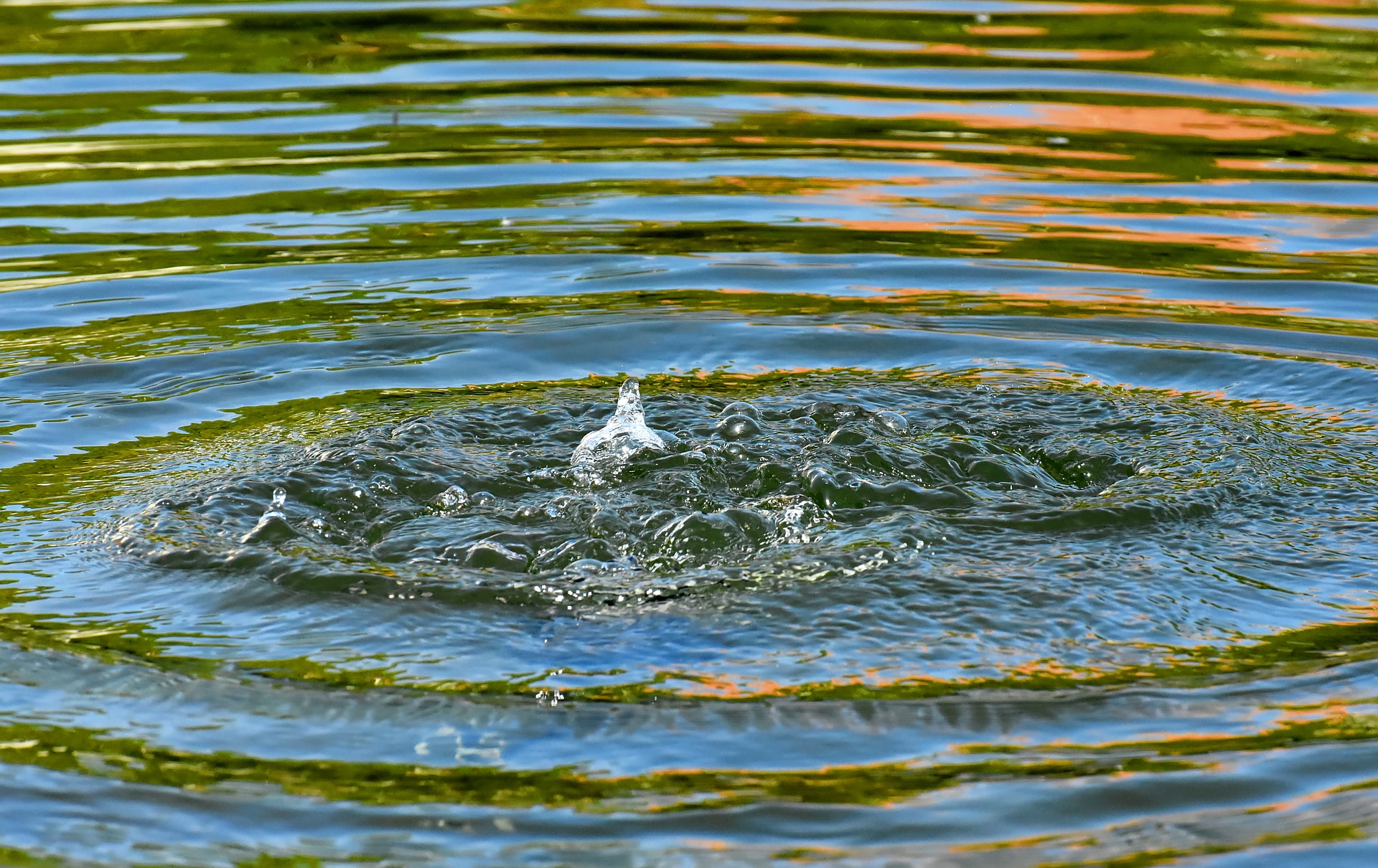







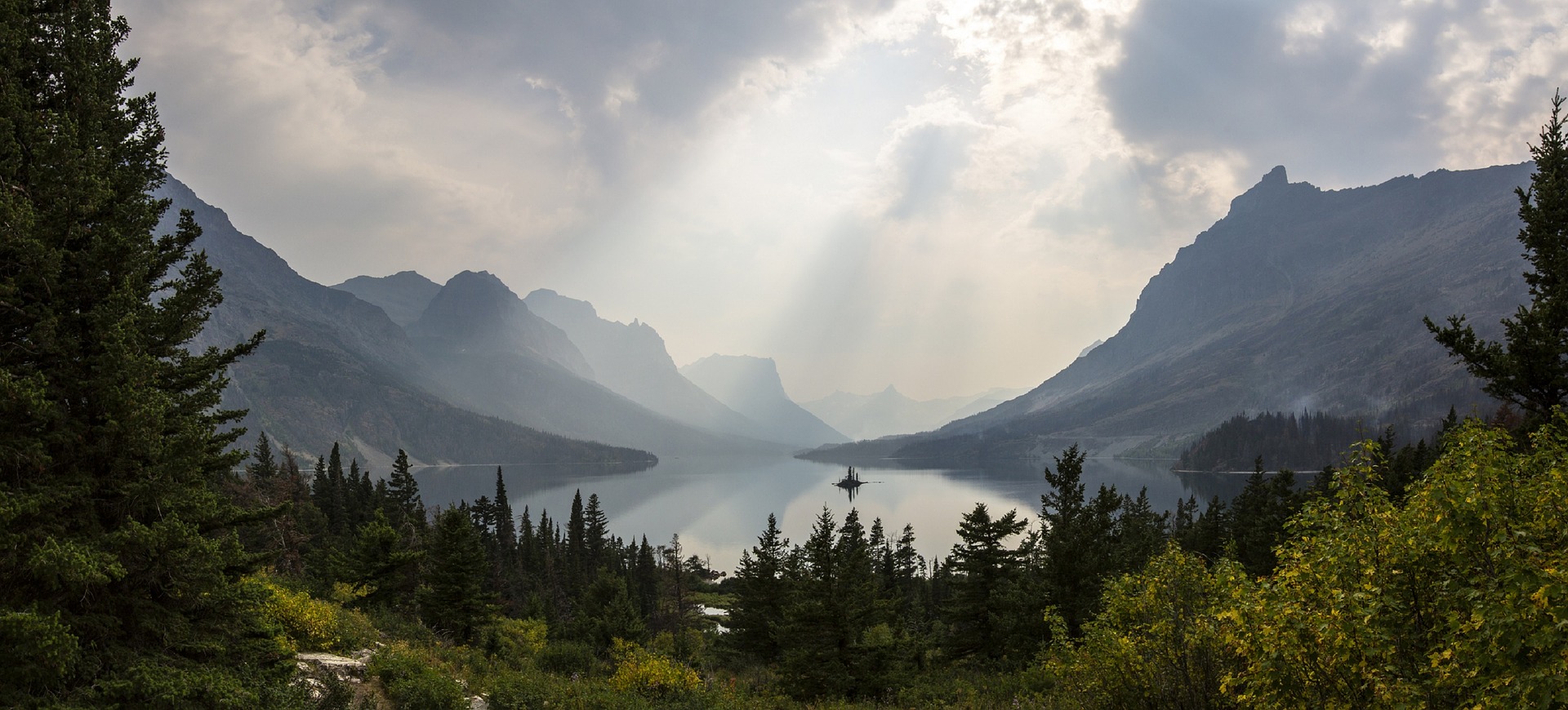


 ‘
‘
